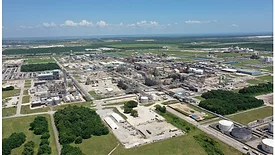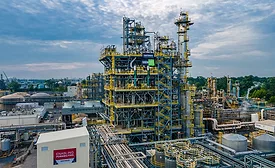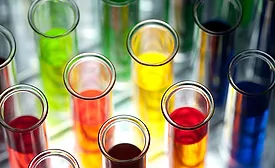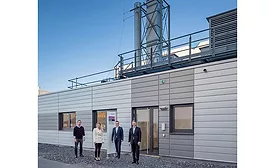Home » polyurethanes
Articles Tagged with ''polyurethanes''
Protection of Electric and Electronic Equipment
Choosing the right potting compound for your electronic components ensures their long-term performance.
January 10, 2023
Taking a Resin Dispensing Process from Prototyping to Commercialization
Flexibility is needed in every step of a new adhesive or sealant product’s life cycle—from conceptualization to commercialization.
July 14, 2022
New PCD-PPG Block-Copolyether Polyol for CASE Formulations
A newly synthesized PCD-PPG block copolyether polyol can be applied to coating applications that require flexibility, in solvent-free urethane compositions that require low viscosity, and in various other CASE applications.
March 18, 2022
Ask Dr. Dave
Ask Dr. Dave’s Greatest Hits
Dave Dunn has retired as a columnist following 20 years of monthly contributions.
February 21, 2022
Market Trends
Strong Growth Projected for Automotive Adhesive Tapes
Several key trends will help drive the 6.1% CAGR expected for automotive adhesive tape revenues through 2028.
February 9, 2022
Evonik Enhances Polyurethane Additives Capabilities with New Innovation Center
The focus of the new laboratory is on high-growth application areas, including low-emission catalysts for high-quality coatings and adhesives.
November 17, 2021
Market Trends
Strong Growth Projected for Structural Adhesives
The global structural adhesives market is projected to reach $27.9 billion and exhibit a considerable CAGR from 2021-2030.
October 26, 2021
Keep the info flowing with our newsletters!
Get the latest industry updates tailored your way.
JOIN TODAY!Copyright ©2025. All Rights Reserved BNP Media.
Design, CMS, Hosting & Web Development :: ePublishing










.webp?height=168&t=1634732409&width=275)